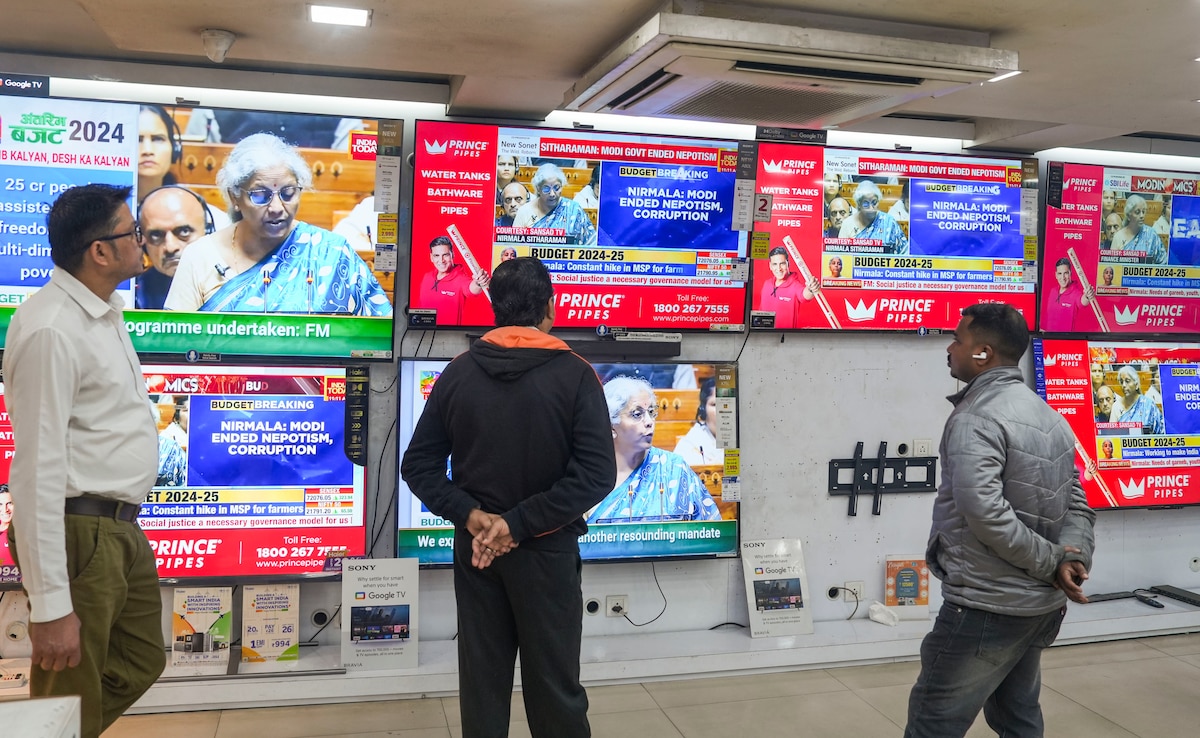Investing in green energy is crucial in today’s world for a myriad of reasons related to environmental, economic, and social sustainability. A lot has already been written on importance of transitioning to renewable energy sources to mitigate the adverse effects of climate change, enhance energy security, and foster economic growth.
For instance, recent research has highlighted the intertwined nature of clean energy with sustainable development goals (SDGs), emphasizing that advancements in green energy technologies can lead to significant public health and economic benefits without major trade-offs. These benefits are crucial for achieving a wide range of SDGs, including those related to poverty reduction, health improvements, and gender equality.
Furthermore, the International Energy Agency (IEA) underscores energy as a central pillar for achieving the SDGs, particularly SDG 7, which aims for universal access to affordable, reliable, sustainable, and modern energy by 2030.
India is actively contributing to this global shift towards green energy. The country has set ambitious renewable energy targets and is making significant strides in solar and wind energy sectors, backed by supportive government policies. This commitment was further reinforced in the recent interim budget speech, where the Indian government outlined substantial allocations for renewable energy projects, signaling a strong national commitment to expanding green energy infrastructure and achieving its ambitious energy goals.
Four key announcements in the budget speech would be pushing this agenda ahead. First one is the PM Suryodaya Yojana. This marks a transformative step in the nation’s energy strategy. By offering up to 300 units of free electricity monthly, this initiative aims to significantly reduce household energy expenses, with potential annual savings ranging between fifteen to eighteen thousand rupees. Moreover, the surplus electricity generated can be sold back to distribution companies, further enhancing household savings. This scheme not only lightens the financial burden on families but also supports the charging of electric vehicles, aligning with India’s push towards cleaner transportation options.
Beyond individual savings, the rooftop solar initiative is poised to stimulate economic growth by creating a myriad of entrepreneurship opportunities in the supply and installation of solar systems. It also promises to open up new job avenues for the youth, particularly in technical fields related to the manufacturing, installation, and maintenance of solar panels. This aligns with broader national objectives of promoting sustainable energy sources, reducing carbon emissions, and contributing to global environmental goals.
Second, the announcement to provide viability gap funding (VGF) for 1 GW of offshore wind energy capacity is a pivotal move for the country’s renewable energy ecosystem. This funding aims to mitigate the financial gaps that have historically deterred the development of offshore wind projects, due to their high initial costs compared to more established renewable sources like onshore wind and solar energy. With an extensive coastline and significant offshore wind potential, especially in states like Gujarat and Tamil Nadu, this initiative is poised to unlock a substantial clean energy source capable of powering millions of homes, aligning with India’s broader objectives of enhancing energy security and sustainability.
The VGF is designed as a financial mechanism to make economically justifiable projects commercially viable, thereby attracting private investment into a sector that is crucial for achieving India’s ambitious targets of 500 GW renewable energy capacity by 2030 and net-zero emissions by 2070. By reducing the investment risk and incentivizing the development of offshore wind farms, the government’s approach is expected to catalyze significant advancements in India’s renewable energy infrastructure. This strategic investment not only diversifies the country’s energy portfolio but also marks a critical step towards a sustainable and green economy, underscoring the nation’s commitment to combating climate change and promoting sustainable development.
The third announcement regarding the setup of coal gasification and liquefaction capacity of 100 MT by 2030 is significant as it aligns with the National Coal Gasification Mission. This initiative aims to reduce reliance on imports of natural gas, methanol, and ammonia by utilizing domestic coal resources for gasification purposes, promoting energy self-sufficiency, and supporting India’s energy transition goals. Coal gasification converts coal into syngas (a mixture of hydrogen, carbon monoxide, and carbon dioxide) through high-temperature reactions with steam and oxygen. This process enables more efficient energy extraction and the possibility of capturing CO2 before it is emitted, offering a pathway to cleaner energy. Coal liquefaction, on the other hand, involves converting coal into liquid hydrocarbons, mimicking natural petroleum formation but at accelerated rates and controlled conditions. Both processes contribute to reduced carbon footprints by enabling cleaner combustion, higher efficiency, and the integration of carbon capture and storage technologies.
Fourth, mandating the phased blending of Compressed Biogas (CBG) into CNG and PNG will technically promote green energy in India by enhancing the utilization of renewable biogas, derived from agricultural waste, organic waste, and other bio-resources. This approach not only reduces carbon emissions by substituting fossil fuels but also encourages the development of biogas infrastructure, contributing to a circular economy and improving waste management practices. It aligns with sustainable energy goals and supports India’s commitments to reducing its carbon footprint. Further, providing financial assistance for the procurement of biomass aggregation machinery will facilitate the efficient collection of agricultural and organic waste.
On the whole, the impetus towards green energy in India in the interim budget is expected to have multiple benefits. These include job creation in renewable sectors, enhanced energy security through reduced fossil fuel dependence, fostering innovation in green technologies, environmental improvements by reducing pollution and greenhouse gas emissions, and expanded access to electricity in underserved regions, collectively contributing to sustainable economic growth and energy equity.
In a world where budgets often sound as dry as a desert afternoon, this interim budget is a monsoon of green energy initiatives, promising to sprinkle sustainability across its landscape.
(Bibek Debroy is Chairman & Aditya Sinha is OSD, Research, Economic Advisory Council to the Prime Minister. Views Personal.)
Disclaimer: These are the personal opinions of the author.














